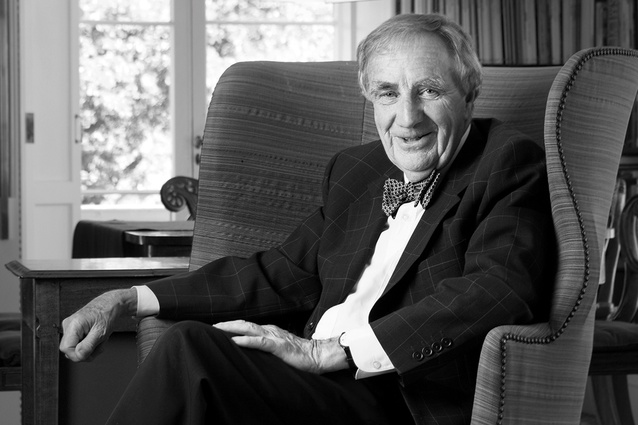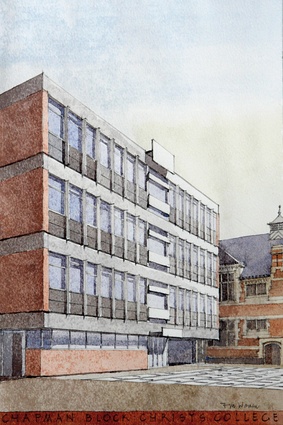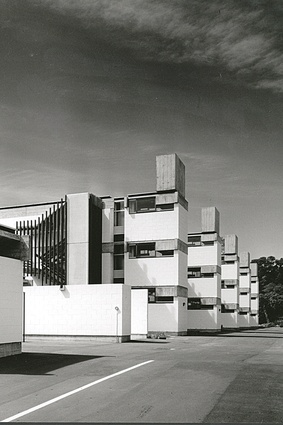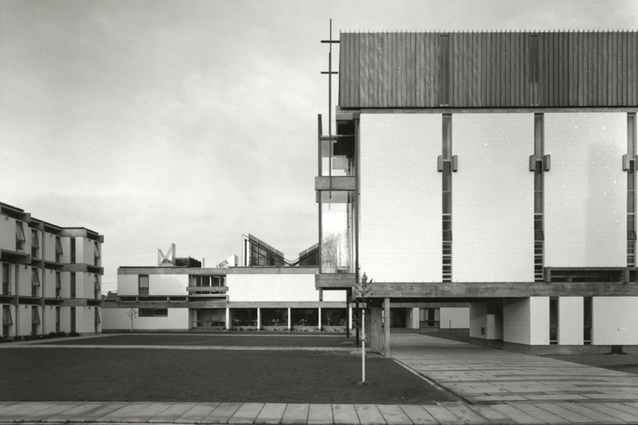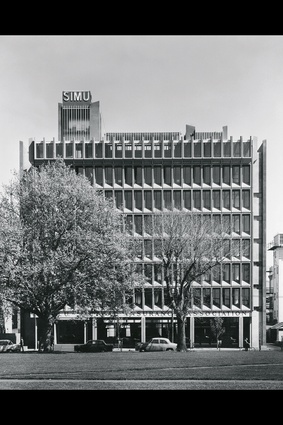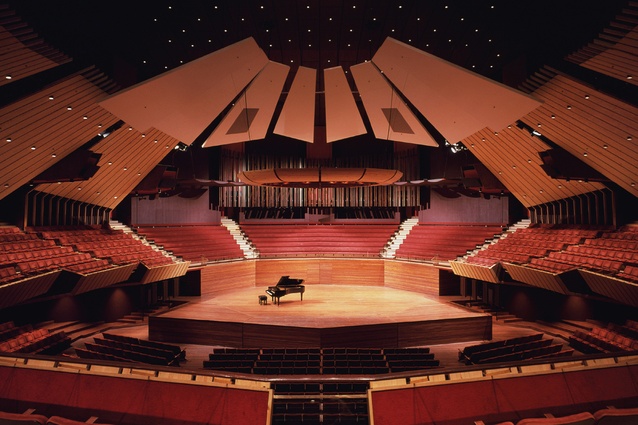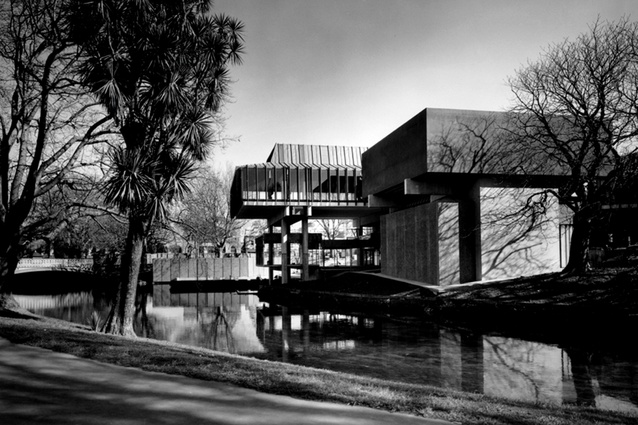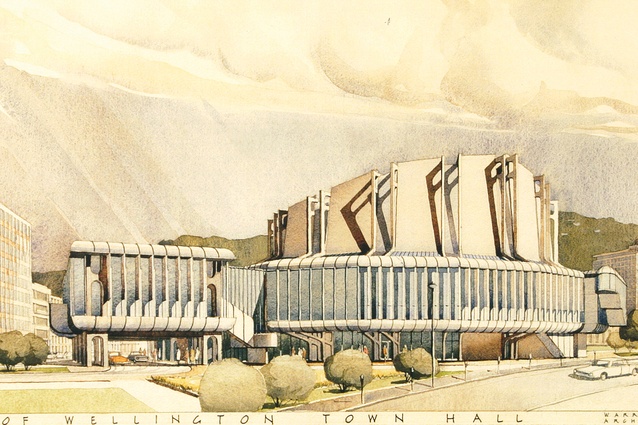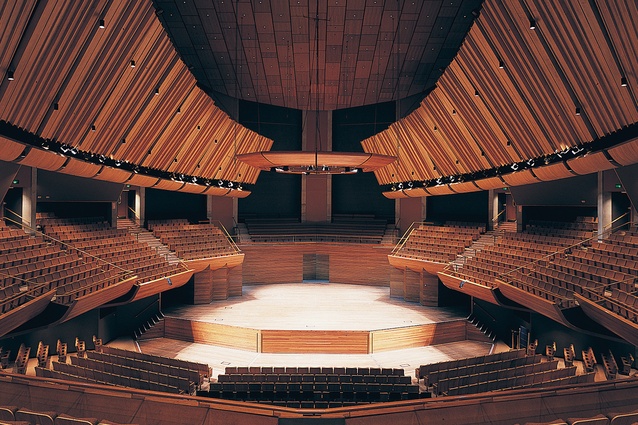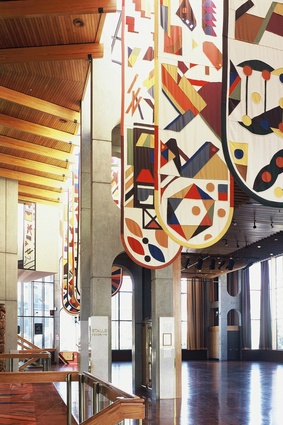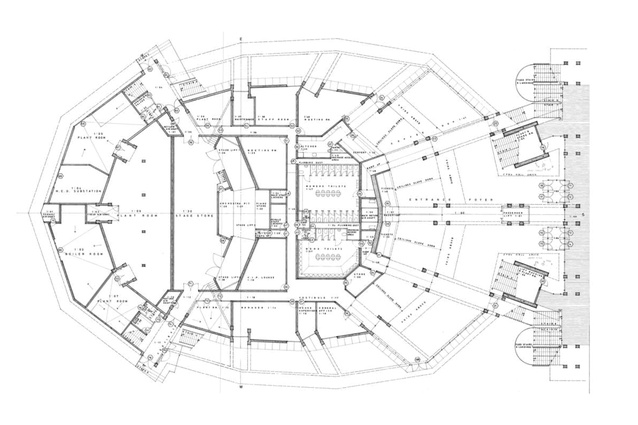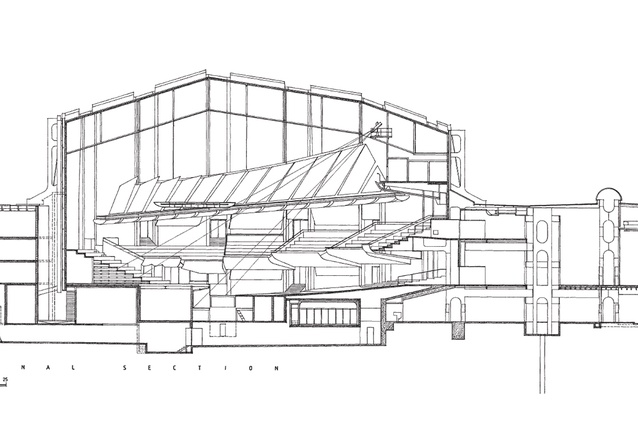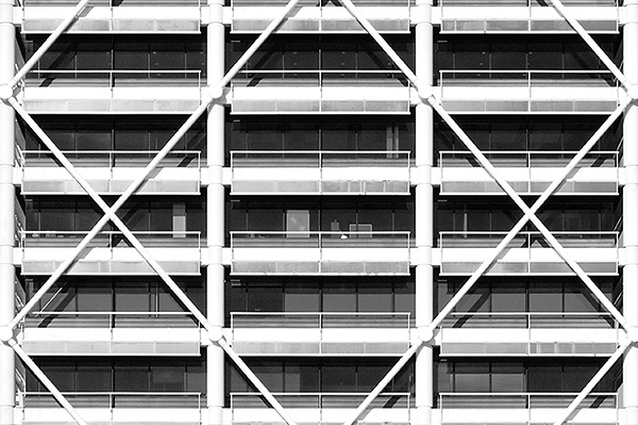Obituary: Sir Miles Warren
Ian Lochhead pays tribute to Frederick Miles Warren (10 May 1929 – 9 August 2022) ONZ, KBE, FNZIA, New Zealand’s most celebrated and influential architect of the 20th century.
Julia Gatley, Jenny May, Richard McGowan, Pip Cheshire and Sir Harold Marshall also share their memories. (Click on a name to be taken directly to their tribute).
Sir Miles Warren, who died on 9 August 2022, was a member of the generation of architects who entered the profession in the decade following World War Two, at a time when Modernism had become the accepted architectural language in New Zealand. Within that group, he rose to a position of unsurpassed eminence and became the most honoured architect of his generation. For the public at large, he was probably the best-known and most widely respected New Zealand architect. His buildings include some of the most admired designs from any period in this country’s architectural history.
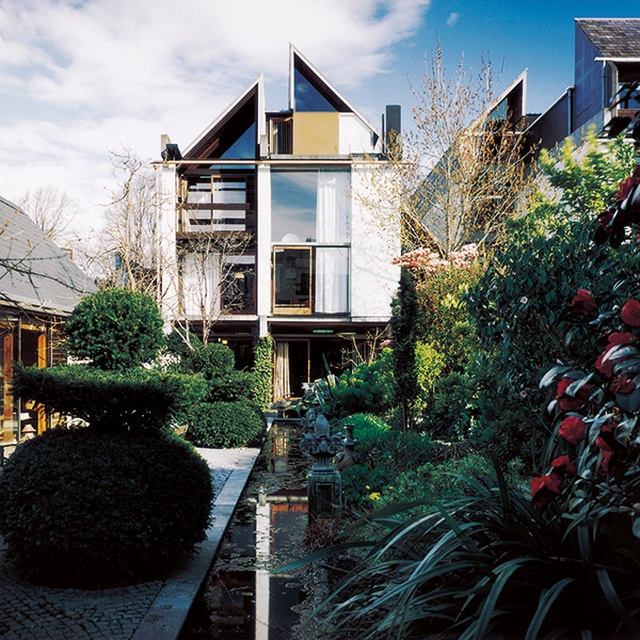
Frederick Miles Warren was born in Christchurch on 10 May 1929. He was educated at Christ’s College, Christchurch, where he was strongly influenced by an architectural environment that dated back to the 1860s. He was academically gifted but his choice of architecture as a career was seen as regrettable; “Oh, Warren minor, we had high hopes for you”, was the crushing verdict of his headmaster. The two years he spent in the Christchurch office of Cecil Wood, from 1946 to 1947, were formative and his admiration for Wood was life long. Wood’s skill as a draftsman, his sensitivity to materials and his respect for tradition were important influences. Warren excelled as a student at Auckland University College School of Architecture in 1949 and 1950. Travelling to the United Kingdom, he found employment in the Housing Division of the London County Council. Under the leadership of Colin Lucas, the Housing Division was at the cutting edge of British architecture and Warren was able to absorb the lessons of post-war New Brutalism at its source while working on the designs for the Roehampton Estate (1953–1954). Travel in Europe further broadened his architectural horizons.Warren returned to Christchurch in 1955 and entered private practice. A brief partnership with G.T. Lucas was followed by one formed with Maurice Mahoney in 1958. Warren described their roles as being like two sides of the same coin; the design flair and outgoing personality of Warren was the perfect foil for Mahoney’s quiet demeanour and meticulous attention to detail. Their partnership, one of the most enduring and successful in New Zealand architecture, evolved into the company structure of Warren and Mahoney Architects Ltd, in 1985. Mahoney retired from the firm in 1992 followed by Warren in 1995. By this time, Warren and Mahoney had become a national architectural practice with offices in Auckland, Wellington and Queenstown, in addition to Christchurch. The professionalism and efficient management of the studio at 65 Cambridge Terrace made it a prized training ground for young architects and many went on to establish their own illustrious careers; Sir Ian Athfield was prominent among them.
Warren gained early recognition with his design for the Dorset Street Flats (1956–1957), in which New Brutalist principles were reinterpreted using white-painted concrete block with fair-faced concrete lintels. As Peter Beaven observed in 1967, “their statement of private urban living and their frank use of materials… was a revelation”. Their example helped spark the period of creativity in local architecture known as the Christchurch School. Over the next decade, Warren developed the ideas first seen at Dorset Street Flats in an impressive series of houses in which direct expression of materials, lucid planning and an underlying respect for tradition became the hallmarks of his early style. The Warren and Mahoney Office at 65 Cambridge Terrace (1962), with its dramatic roof-scape of broken gables, was effectively a constructed manifesto for the practice. Chapman Block (1961), a bold Brutalist statement within the Gothic Revival precinct of Christ’s College, cemented his long-standing architectural relationship with his old school.

At College House (1967), a residential hall at the University of Canterbury, a chapel and residential blocks flank a quadrangle, enclosed by a refectory at one end and a library at the other. While Warren’s modernist vocabulary remains paramount, his acknowledgement of the traditional collegiate typology adds resonance and gravitas to the design. Warren attributed the partnership’s success in the Christchurch Town Hall competition to the fact that it came at exactly the right time for them to capitalise on their accumulated experience. That building’s expressive forms and cross-axial plan, the sense of austere luxury resulting from meticulous details and quality finishes, along with the main auditorium’s feeling of intimacy, set a new standard for public architecture in New Zealand. The architects’ close collaboration with acoustic consultant Harold Marshall resulted in a concert hall that combined clarity of sound with resonance; it is internationally recognised as a milestone in concert hall design. From its completion in 1972, the building was embraced by the local community and, following the 2011 Canterbury earthquakes, a vigorous public campaign ensured its survival.
Warren was, by now, a national figure and, in 1985, he became the first New Zealand architect to receive a knighthood. The design for the New Zealand High Commission in Washington, DC (1979) demonstrated his ability to respond to a historic context, in this case Lutyens’ neoclassical British Embassy. His New Zealand High Commission, New Delhi (1990), pays a more overt tribute to Lutyens’ classicism. The Christ’s College Administration building (1988), added to the northern end of Wood’s Memorial Dining Hall, also pays homage to Warren’s early mentor.
Throughout his career, Warren was a vigorous advocate for architecture. Architectural education was a particular interest and he regularly welcomed students of architecture and architectural history to 65 Cambridge Terrace and, later, to Ōhinetahi, the historic house and garden that increasingly became his focus from 1995. He was, however, horrified when students failed to recognise the pantheon of architects’ names inscribed on the frieze above the bookshelves in his well-stocked library. In 2006, he established The Warren Trust to support architectural education; its assistance for a wide range of events and publications has made a significant contribution to our wider architectural culture. He also recognised the value of architectural records and the Warren and Mahoney partnership collection now resides in the Macmillan Brown Library at the University of Canterbury. It includes fine examples of Warren’s deft watercolour perspectives, a persuasive tool that allowed clients to visualise themselves in as-yet-unbuilt designs. Drawing was always central to Warren’s practice and he valued it, not just as a medium for transmitting ideas but also as a tool for understanding the world around him.
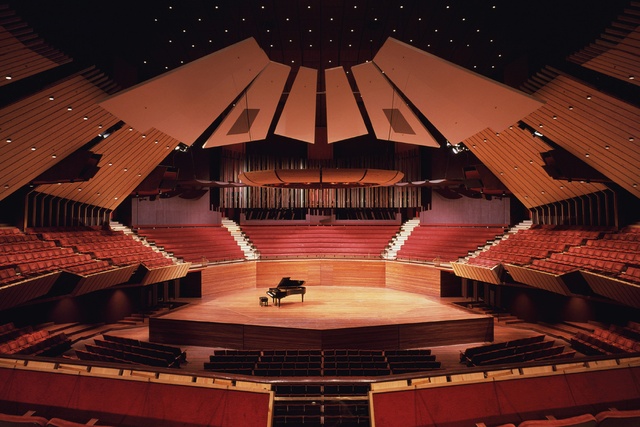
As is the case with other Canterbury architects, Warren’s built legacy suffered as a result of the earthquakes of 2010 and 2011. Few of Warren and Mahoney’s elegant Christchurch office buildings from the 1960s and ’70s remain but others, including the Dorset Street Flats, 65 Cambridge Terrace and the Town Hall have been meticulously repaired, strengthened and conserved. Dorset Street Flats, College House and the Town Hall, are now listed as Category 1 historic places by Heritage New Zealand, a distinction Warren regarded with wry amusement. In his view, buildings, his own included, needed to change and adapt over time if they were to continue in use. He was a generous supporter of heritage causes and played a key role in ensuring the survival of Christchurch’s Theatre Royal. In Wellington, Warren presided over the seismic strengthening and refurbishment of Parliament Buildings, at that time the country’s largest-ever heritage project.
Miles Warren was a gifted raconteur and his autobiography, published in 2008, captures his distinctive voice and sense of humour while providing a unique perspective on his distinguished career. Much of his success he put down to the good luck of being in the right place at the right time but, clearly, he also made his own luck. Fittingly, since Christ’s College remained a constant throughout his career, his funeral was held in the College Chapel on 18 August. He leaves us just as his garden at Ōhinetahi is about to burst into renewed life; house, garden and art collection were gifted to the people of New Zealand in 2012. These, The Warren Trust and the buildings produced during a lifetime of exceptional creativity remain as Sir Miles Warren’s remarkable legacy.
Julia Gatley
Associate Professor of Architecture,
University of Auckland
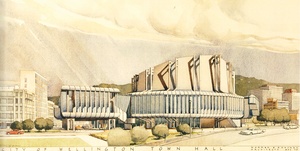
I first met Sir Miles in 1984. Russell Walden had organised a site visit to the Michael Fowler Centre for Victoria University of Wellington’s first-year architectural history class, and Miles was there to talk about the building. We heard firsthand that the brief for it was “like the Christchurch Town Hall, but better”. Whether or not that was achieved is debatable, although both are very good.
I admired Sir Miles’ “Let’s get on with it” attitude towards the rebuilding of quake-damaged Christchurch. I experienced a version of this attitude writ small. In 2009, the University of Auckland brought Sir Miles up to the School of Architecture and Planning for an ‘in conversation’ event. We were just getting started in front of quite an audience when the lecture theatre power failed completely, meaning no lights and no slides; we were illuminated only by the green lights of the exit signs. A lesser character might have bailed but Sir Miles was very much, “Let’s get on with it”, and we conversed for the full hour in almost complete darkness.
As well as being one of the greatest architects this country has produced, Sir Miles was a terrific writer. His ‘Style in New Zealand Architecture’, published in New Zealand Architect in 1978, is without doubt one of the classic texts. The books on Warren and Mahoney, produced by the practice, and Sir Miles’ autobiography are all important for the historical record. In a review of the autobiography, I concluded: “Sir Miles, the architect, has had a fascinating career; Sir Miles, the writer, is a very likeable chap”. Beyond all of this, his generosity in establishing and endowing The Warren Trust is absolutely extraordinary. What a singular individual.
Jenny May ONZM
Heritage Consultant
Sir Miles Warren’s outstanding impact on the history and practice of architecture in New Zealand is without question. The Dorset Street Flats, the Christchurch Town Hall, the Ballantyne House, 65 Cambridge Terrace – the list goes on. However, his legacy is wider than that and he generously gave his time and expertise to the care of some significant heritage buildings, notably Christ’s College, The Arts Centre and Christ Church Cathedral. It was through built heritage that I first met Sir Miles, though I had met him in 1968 when I was a student and he was the architect for the University of Auckland Student Union Building – but only I remembered that.
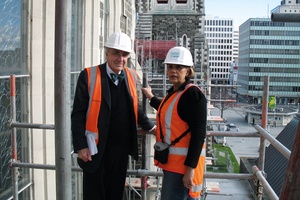
In my heritage role with the Christchurch City Council in the early 1990s, I had proposed most of the buildings at Christ’s College for heritage listing and Sir Miles had not agreed with my assessment. I was summoned to meet with him at the College to ‘debate’ the matter. In awe of him, I nevertheless stood my ground and argued my case; the buildings were duly listed. From that point, we developed a firm friendship over several decades.
While I had the huge privilege of working with him on many projects, the greatest privilege was the hours of conversation, absorbing his incredible knowledge and thoughts on architectural history, design and urban planning, often in cafés where plain serviettes became sketch pads to illustrate the point or over cups of tea in the library at his home, Ōhinetahi. His little schnauzer Bertie was always faithfully by his side, giving the occasional low growl to remind me who was in control.
In later years, a shared love of art and gardening led to many long walks in the beautiful garden at Governors Bay, where Miles always had a ‘last project’ on hand and the garden acreage and sculptural installations steadily extended.
Miles was a great raconteur and the very last project we worked on together, with architect Alec Bruce, was the publication in 2021 of Architectural Drawings of Christ’s College. I treasure the hours of recording those stories, recalled with that spirited twinkle in his eye, and of deciphering pages of script in his trademark long-hand but, above all, I treasure the times of laughter and a friendship shared.
Richard McGowan
Principal, Warren and Mahoney
In 1998, I had an opportunity to take up station in Sir Miles Warren’s former garret flat on the roof of 65 Cambridge Terrace.
I was Patrick Clifford’s remittance man, sent to Christchurch to open a branch office and to relieve Mike Thomson on the southern front. I managed to secure our office and my digs in the Warren and Mahoney tour de force that I had known from my childhood, my father having worked with Miles and Maurice in the early 1960s on those heroic early projects. Not long vacated by WM, the building and garden were as I’d remembered, and five enjoyable years of living and working in the famous yacht-like space followed.
Sir Miles and I caught up in the garden on weekends when he and Ross Booker came periodically to vanquish the landscape and note with interest the latest building leaks. Visits to Ōhinetahi followed and, with these, an introduction to the captivating garden and house, and to the marvellous drawings and paintings Miles always had on the go: an unforgettable formative experience for a young architect.
Eventually, Miles and I worked together on a project for a long-awaited new Music School at The Arts Centre in Christchurch. This would have been his last major building, and a blinder. Frustratingly, it was doomed to be stillborn after a neighbouring tenant’s strident objections at the Resource Consent hearing, not long before the Canterbury earthquakes.
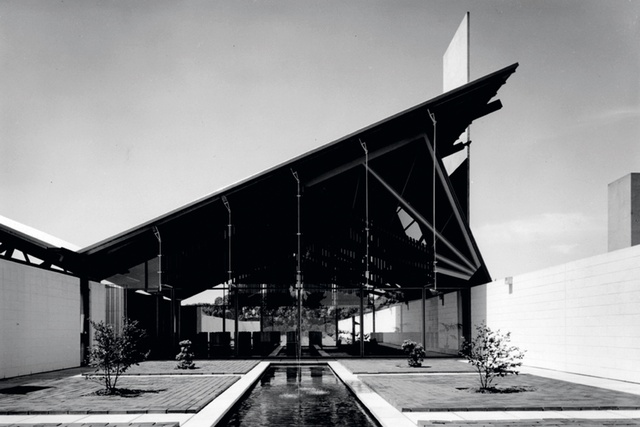
During these years, Miles asked me to join Barry Dacombe and Ian Athfield as trustees for his new Education Trust and, not long afterwards, we embarked on a road trip through the North Island with Richard Riddiford making a documentary film and attempting to track down a lost house in the Whanganui district. It was an adventure of increasing lunacy in which, at one point, we were chased away by a shotgun-wielding woman straight out of the Ozarks.
Since 2011, I have been involved in the rescue and rebuild of the Isaac Theatre Royal, The Christchurch Club and the Christchurch Town Hall, each close to FMW’s heart and the subject of much discussion with him. I very much enjoyed being able to phone him to share gossip and seek his advice on various projects in hand: always an excuse to go out to Ōhinetahi and ruminate over drawings together.
What a pleasure to have known him: a man of huge charm and limitless energy, resolutely pragmatic but unrelentingly visionary. He’ll be much missed.
Pip Cheshire
Director, Cheshire Architects
The demolition of Christchurch’s old Limes Hospital and its replacement by Sir Miles Warren’s wonderfully effervescent Town Hall in many ways symbolised the enormous transformation the city underwent during the late 1960s. The low, dark terraces of the hospital were bulldozed in favour of his spectacular building that was at once new and unfamiliar, and yet quite at home amid a city that favoured its wealth of older buildings. Many of us were lucky to be growing up in Christchurch when he and his peers, Beaven, Donnithorne, Trengrove and Pascoe, were doing arguably their strongest work. Within a decade or so, they cleared away many of the city’s lesser buildings and replaced them with a brave new architecture that seemed at once modern and international, and yet quite at home on those flat, alluvial plains.
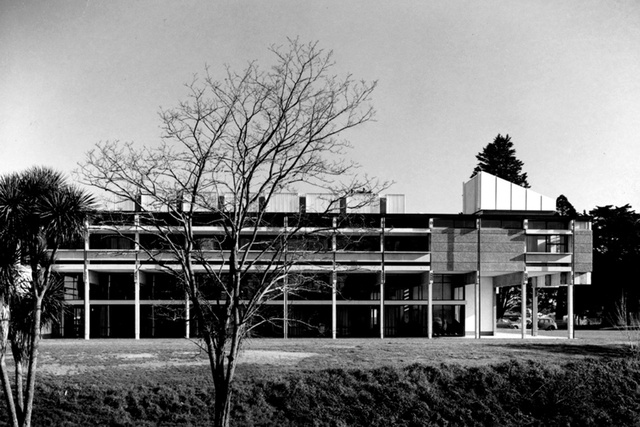
It was a strong ‘school’ of Christchurch architecture, led by Sir Miles, and I was fortunate to be schooled in a Warren classroom block, the memory of which remains a strong model of distilled clarity, then had band practice in his sophisticated reworking of the ‘Oxbridge’ quadrangle that forms Christchurch College student accommodation. I performed in his Ilam student union, a building that manages to be both robust and poetic, and I enjoyed Leonard Bernstein and the New York Philharmonic playing hot on the heels of Carlos Santana in the main auditorium of the Town Hall, a building in which the architecture invariably lifts performance to the sublime.
Of course, there were many others who contributed enormously: his partner Maurice Mahoney, the practice’s architects and drafting staff, contractor Charles Luney and the many others it took to make such beautifully considered and assembled buildings. But, it was Sir Miles’ eye, hand and watercolour brush that guided the projects. We citizens are all extraordinarily lucky to be recipients of Sir Miles’ singular commitment to architecture and we practitioners and students of architecture are extraordinarily lucky to be recipients of his great generosity in support of our profession.
Sir Harold Marshall
Emeritus Professor – KNZM, FRSNZ, BArch Hons, BSc, PhD, FNZIA, FASA, FNZAS
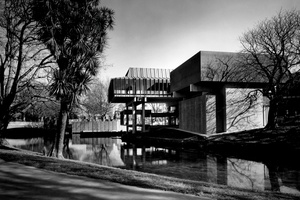
I first met Miles at the NZIA conference in Auckland – I guess it was 1962. Peter Middleton was a keynote speaker, advocating a rigorous academic dimension for architectural discourse. At question time, Miles was forthright in condemning what he plainly considered humbug and no substitute for clear instructions for making buildings.
Four years later, we were brought together in the Christchurch Town Hall competition – at first, in my role as ‘acoustical assessor’ for the short-listed designs – and, subsequently, as the research filled in the gaps in our knowledge, he and Maurice asked me to take over the consulting role again.
MDA1 and WM2 have worked together ever since.
Miles came to Europe to visit halls with me and to discuss the need for lateral reflections – in 1967, this was a new discovery made in the context of my assessment of the short-listed designs.
I was able to convince him of the real effect that these reflections produced by the astonishing synchronicity of hearing Haydn’s oratorio The Creation on successive nights in the Royal Festival Hall in London and the Concertgebouw (1886) in Amsterdam respectively.3
His visit turned into a design workshop with W.A. (Bill) Allen and his partners at EDC4 in London – and me. Miles proved receptive to research and technology as subsequent designs – particularly the Michael Fowler Centre – amply demonstrated.
Miles, unfailingly urbane, was the quintessential ‘front man’ and Maurice Mahoney, his partner, perfectly complemented him. Their respective skills came together in a marriage of talents plainly made in Heaven.
I enjoyed working with both Miles and Maurice, who became friends as well as colleagues. Now they have both left us but with an outstanding architectural legacy that will endure. Farewell Miles and farewell Maurice. You will not be forgotten.
1 Marshall Day Acoustics.
2 Warren and Mahoney.
3 A quote from my autobiography ‘Korowai of life and love’ self-published ISBN978-0-473-64836-7
4 Engineering Design Consultants, London, were the initial consultants on the Town Hall project.

